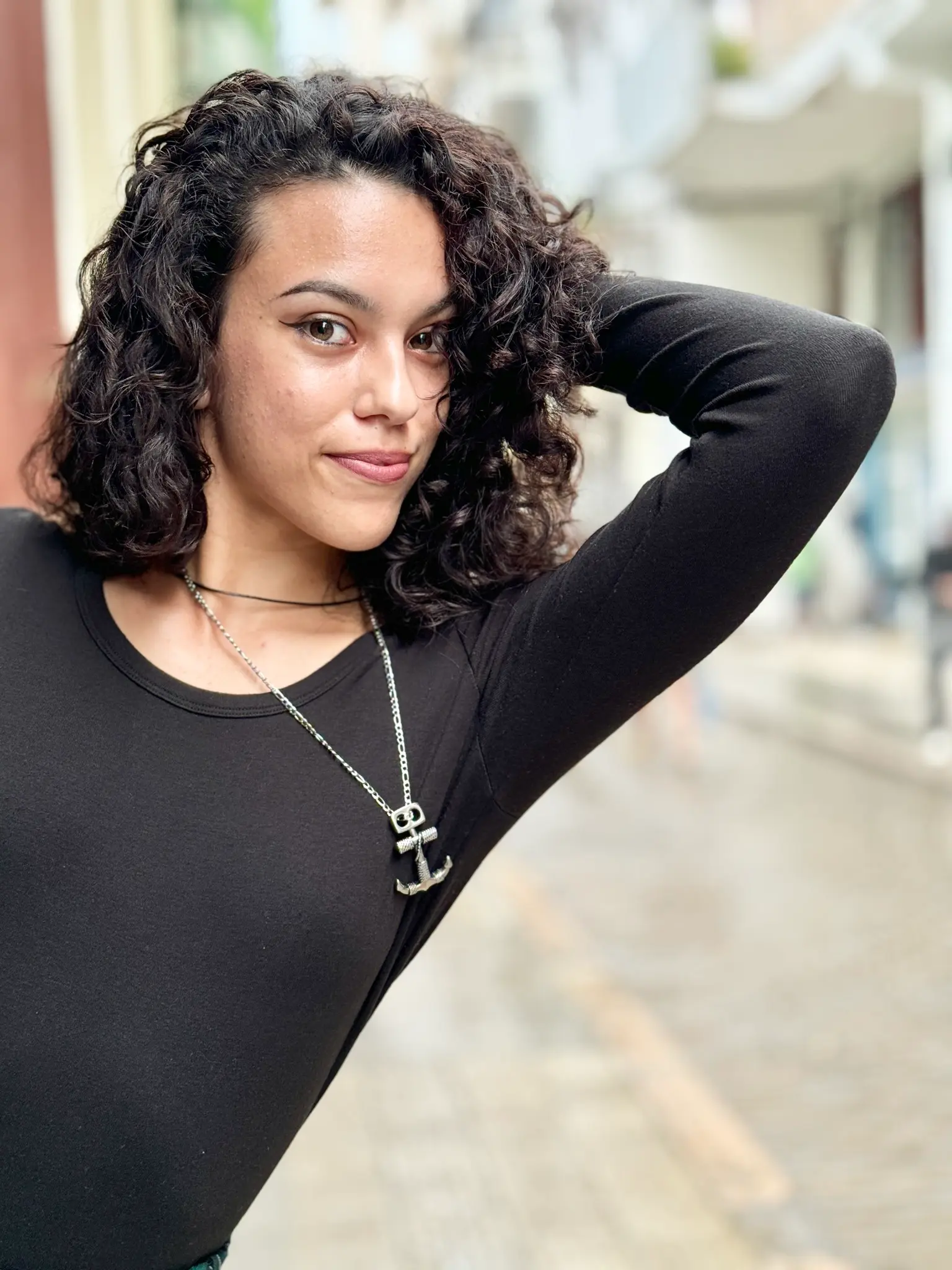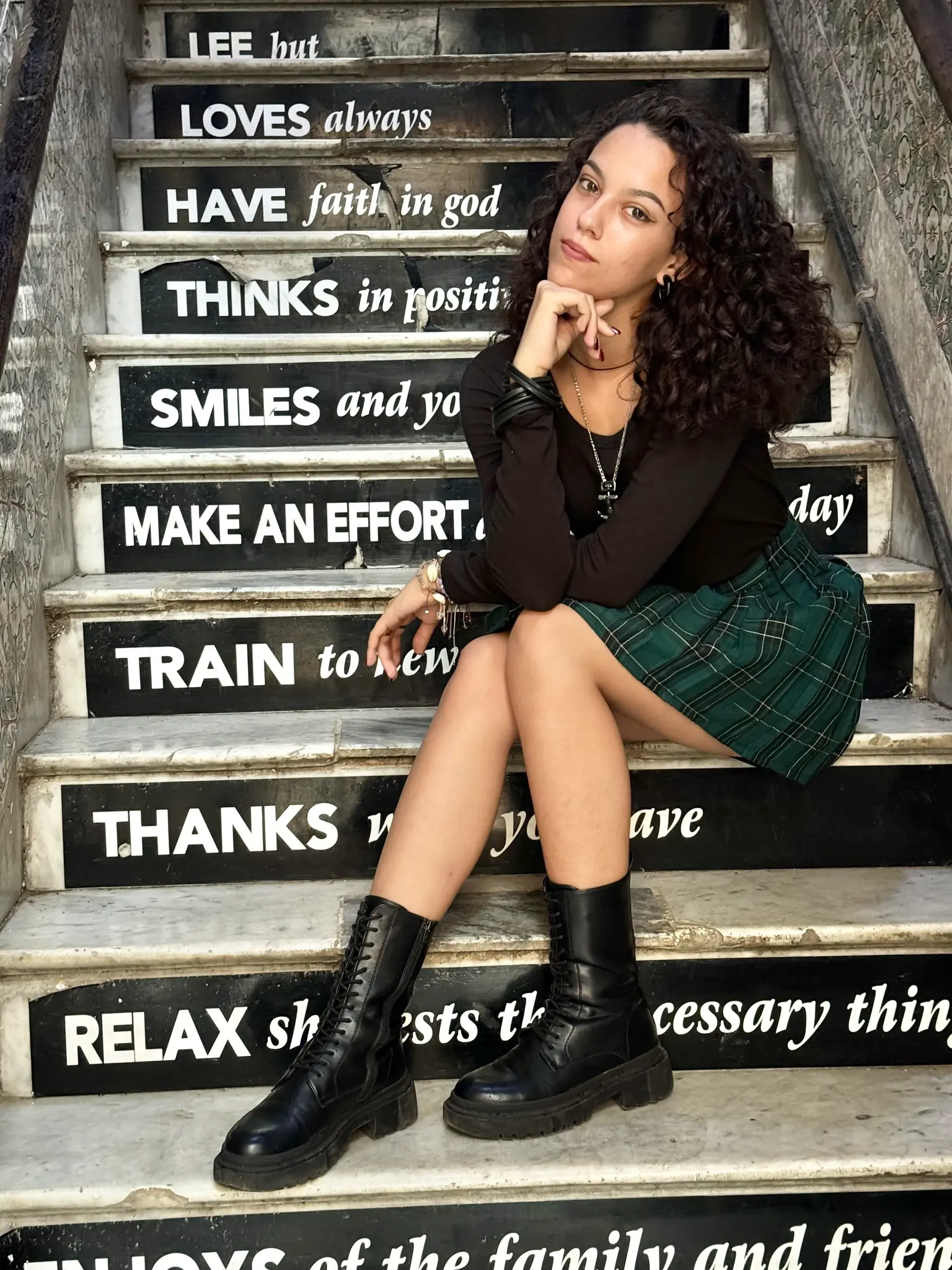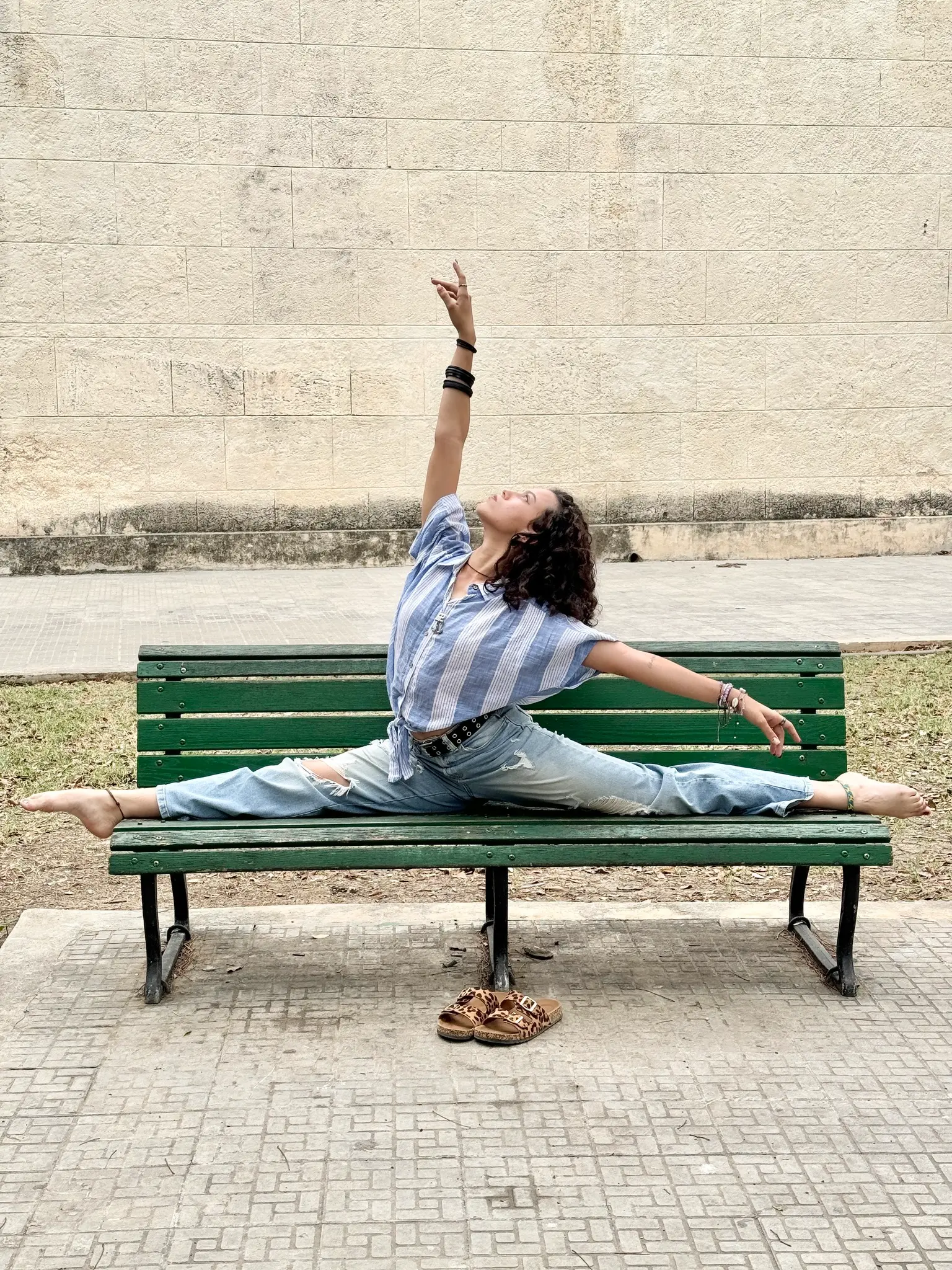One of the most profound lessons I’ve learned in my years as a photographer—something that never showed up in Photography School—is that the camera reveals more than what’s in front of it. Every shot I take isn’t just an observation of someone else; it’s also a reflection of who I am. In every frame, I catch glimpses of myself, sometimes clear, sometimes faint, like seeing in a mirror, dimly.
Take Linda, a Cuban model I’ve photographed several times before. She’s barely 20, yet she has a confidence I could only dream of at her age. She’s comfortable in her skin, and there’s a grace in her movement that radiates strength. I look through the viewfinder, capturing her, and can’t help but compare her to my own twenty-year-old self: shy, unsure, more lost than found. If you saw the photos of me back then, you’d see someone still piecing together his identity, a far cry from the comfort Linda exudes.
As photographers, we strive to capture others’ truths, but what we often forget is that the process also reveals us. Diane Arbus once said, “A photograph is a secret about a secret. The more it tells you, the less you know.” When I take portraits, I feel the truth of that. I’m not just capturing Linda’s face or her confidence. I’m capturing my own vulnerability, my own journey from that insecure kid to the man I am today. It’s a strange alchemy—these images that should be about someone else somehow become, in part, about us too.
Photographers are so often in search of the “perfect” shot, obsessing over details of technique, lighting, and framing. But what I’ve found is that photography is just as much a personal process as it is a technical one. Every shot I take shows me something about myself: my ambitions, my fears, my strengths, my weaknesses. Robert Frank said it perfectly: “When people look at my pictures, I want them to feel the way they do when they want to read a line of a poem twice.” For me, that second look is where the truth lies, the part of the image where the layers of the subject—and myself—come through.
The beauty of this reflective process is that it teaches us to let go of perfection, to accept that what we’re seeing—both in our subject and in ourselves—doesn’t have to be flawless. We don’t have to be invincible; we just have to be genuine. The camera doesn’t simply capture our subjects’ truths; it captures our own.
In this craft, we’re telling stories. Sometimes, though, the story we’re telling is as much about us as it is about them. “There is one thing the photograph must contain, the humanity of the moment,” Dorothea Lange once said. And she’s right. Our portraits become a dialogue between what we see and what we are, one that viewers might only experience in fragments, but that we, as photographers, understand in full. These images remind us of our humanity, evolution, and still-present vulnerabilities.
So next time you look through the lens, take a moment to see what’s looking back. Accept the reflection, however dimly it appears. It’s through these raw, honest glimpses that we grow. After all, our work is never just about what’s in front of the lens. It’s about what’s behind it too.
Click.
Jack.








































